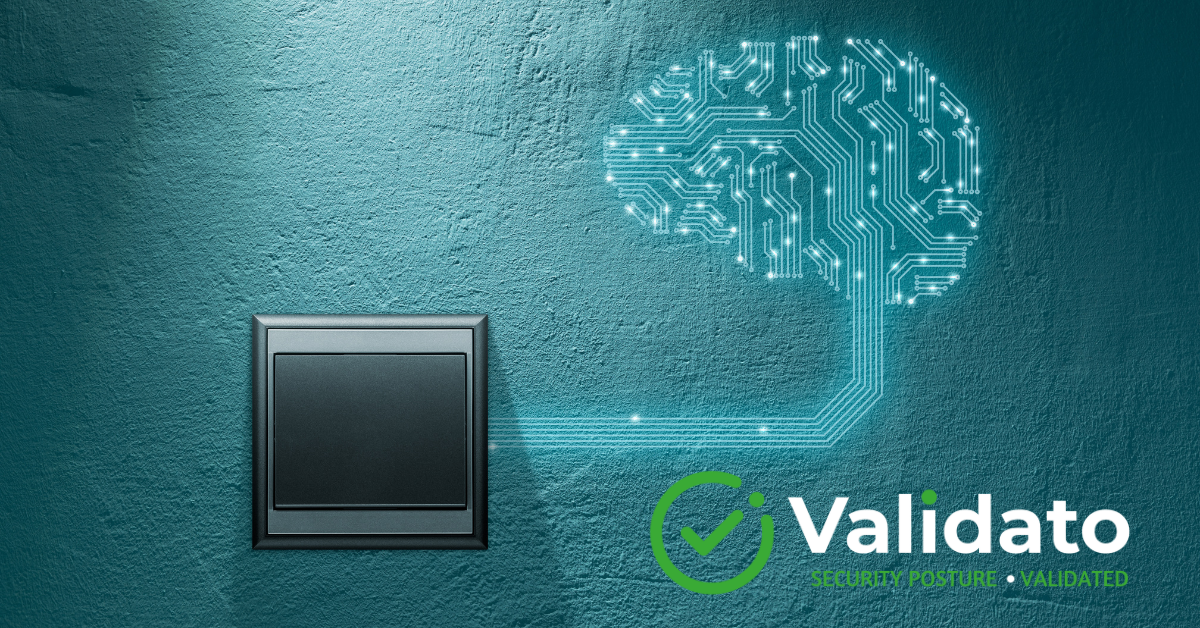Proactive Cybersecurity: A Forward-Thinking Defence Approach
Proactive cybersecurity measures are preventative actions organisations take to identify vulnerabilities and strengthen security before attacks occur. Unlike reactive approaches that respond after breaches, proactive measures actively hunt for weaknesses through techniques like attack simulation and security configuration validation. For organisations subject to regulations like NIS2, DORA, and UK CSRA, these measures are essential for maintaining compliance and protecting against evolving threats.
Understanding Proactive vs. Reactive Cybersecurity
| Proactive Approach | Reactive Approach |
|---|---|
| Prevents attacks before they occur | Responds to incidents after they happen |
| Identifies and addresses vulnerabilities preemptively | Addresses breaches after damage is done |
| Creates multiple layers of resilient defence | Focuses on incident containment and recovery |
Modern organisations face mounting pressure from regulatory frameworks like NIS2, DORA, and UK CSRA, which require them to demonstrate robust security practices. These regulations particularly affect industries like energy, transportation, healthcare, and financial services, mandating proactive security measures to protect critical infrastructure and sensitive data.
The shift toward proactive security acknowledges a critical reality: no organisation can prevent all attacks. Instead, the goal is to create multiple layers of defence that make systems more resilient and attacks more difficult to execute successfully.
Most Effective Proactive Cybersecurity Measures
The most effective proactive cybersecurity measures focus on identifying and addressing vulnerabilities before attackers can exploit them:
- Security control validation: Testing existing security controls against real-world attack techniques to verify they work as intended. Security Controls Validation provides evidence that defences actually work against current threats.
- System hardening: Reducing the attack surface by removing unnecessary services, closing unused ports, and applying secure configurations across Windows, Linux, and Mac environments.
- Privilege management: Implementing least privilege principles to ensure users have only the access rights necessary for their job functions, limiting potential damage from compromised accounts.
- Continuous security testing: Regularly assessing security posture through penetration testing, vulnerability scanning, and cyber threat simulations.
- Threat intelligence integration: Using information about emerging threats to strengthen defences specifically against techniques attackers are currently using.
These measures are most effective when implemented as part of a coordinated strategy rather than as isolated initiatives.
MITRE ATT&CK Framework: Enhancing Security Posture
The MITRE ATT&CK framework provides a structured, comprehensive catalogue of adversary tactics, techniques, and procedures (TTPs) based on real-world observations, serving as a common language for security teams.
Key Benefits of MITRE ATT&CK Framework:
- Maps existing security controls against known attack techniques to identify gaps
- Prioritises security investments based on relevant threats
- Develops more effective detection focused on actual attacker behaviours
- Tests security controls against realistic attack scenarios
By adopting the ATT&CK framework, organisations shift from generic security approaches to threat-informed defence strategies tailored to their specific risk profile. This creates a continuous improvement cycle through proactive cybersecurity framework implementation.
Security Control Validation: Verifying Your Defences
Security control validation verifies whether your security measures actually work against real-world threats, preventing a dangerous false sense of security.
Validation identifies critical issues including:
- Misconfigurations rendering security controls ineffective
- Gaps between security tools that attackers can exploit
- Controls that work in theory but fail against current attack methods
- Excessive user privileges creating unnecessary risk
Through techniques like attack simulation using a continuous security validation platform, organisations can identify these issues before attackers do, providing evidence-based security rather than assumptions.
Implementing Threat-Informed Defence Strategies
- Identify your threat profile by analysing which adversaries and attack techniques are most likely to target your organisation based on industry, data assets, and technology environment.
- Map existing security controls to identified threat techniques using frameworks like MITRE ATT&CK to reveal protection gaps.
- Validate defences by simulating relevant attack techniques across all environments to verify security controls work as expected.
- Establish a continuous improvement cycle by regularly updating your threat profile, testing new attack techniques, and validating security controls as threats evolve.
This approach shifts security from a checklist exercise to a dynamic, threat-focused programme that adapts to the changing threat landscape.
Proactive Measures Against Ransomware
Specific proactive measures that help prevent increasingly sophisticated ransomware attacks include:
| Measure | Protection Provided |
|---|---|
| System hardening | Reduces attack surface ransomware can exploit |
| Privilege management | Prevents ransomware from accessing critical systems if a single account is compromised |
| Security validation | Verifies defences can actually block common ransomware techniques |
| Backup verification | Ensures data can be restored if ransomware succeeds |
| Email security | Targets phishing, a primary ransomware delivery method |
Organisations should also validate their ability to detect early indicators of ransomware activity, allowing security teams to interrupt attacks before encryption begins.
Key Takeaways for Strengthening Your Cybersecurity Posture
Strengthening your cybersecurity posture requires a comprehensive, proactive approach focused on identifying and addressing vulnerabilities before attackers can exploit them.
- Adopt a threat-informed defence strategy based on frameworks like MITRE ATT&CK
- Implement security control validation to verify defences work against current attack techniques
- Reduce attack surface through system hardening and privilege management
- Establish continuous security testing processes that regularly assess security posture
- Develop specific defences against high-impact threats like ransomware
Remember that security is not a static achievement but a continuous process of assessment, improvement, and validation. By taking a proactive approach that anticipates vulnerabilities, organisations can significantly improve their resilience against cyber attacks while meeting regulatory requirements and protecting critical assets.
If you’re interested in learning more, contact our expert team today.


